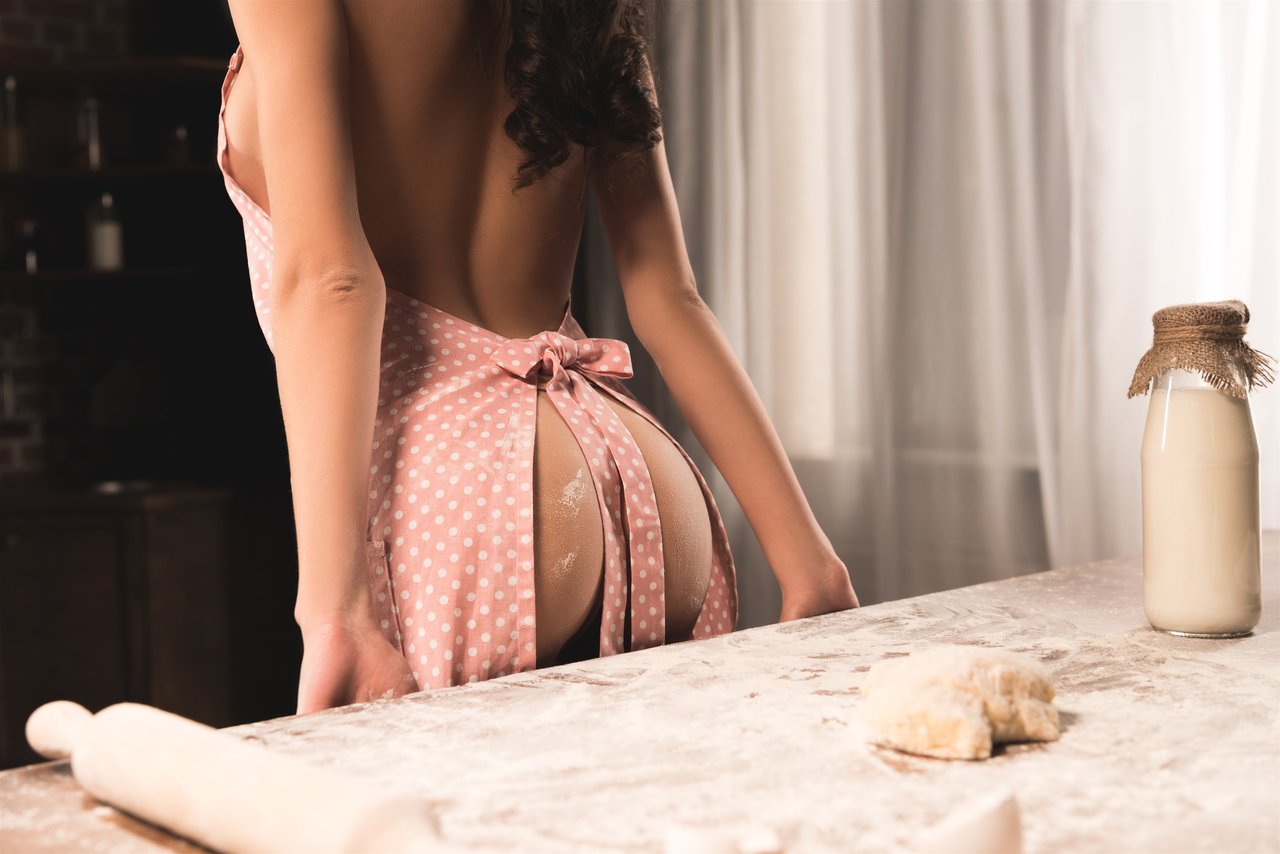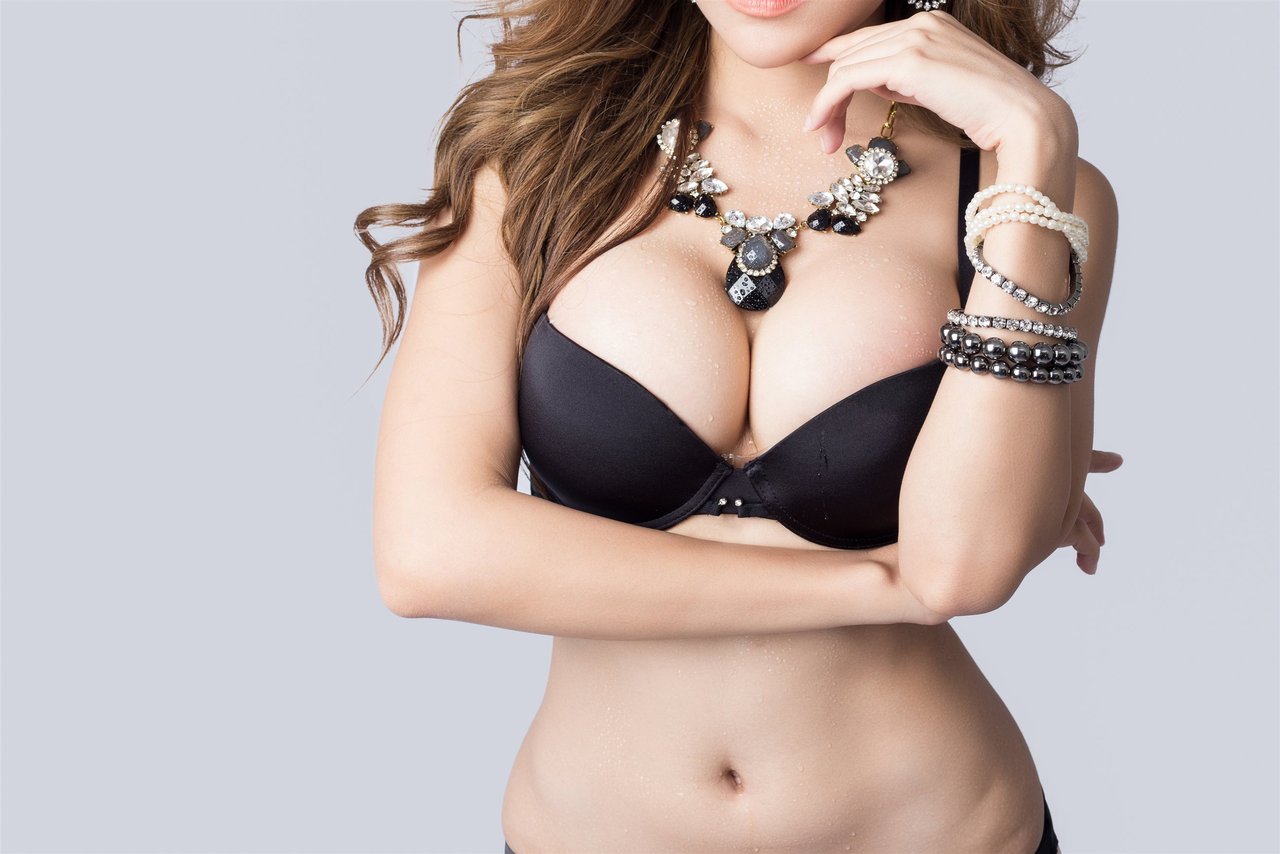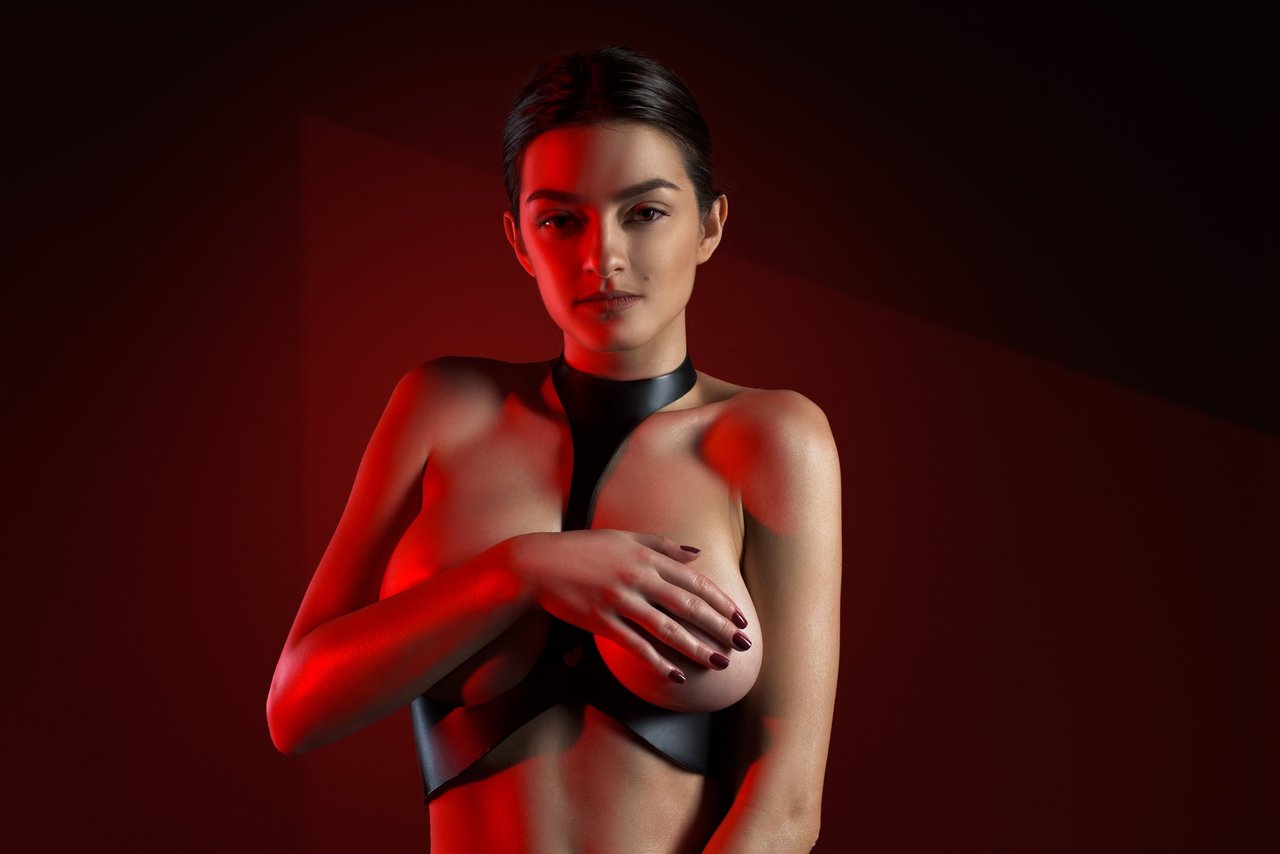Influential Bisexual Art and Its Lasting Impact on LGBTQIA+ Identity
Art isn’t just décor on a wall—it’s the raw language of those who aren’t always heard. Influential bisexual art stands as both mirror and megaphone for the bisexual community, echoing voices that once hid within shadows. These works, shaped by bisexual artists determined to paint truth over silence, broke ground by portraying the full spectrum of human complexity: desire, confusion, defiance, tenderness. Each brushstroke carved new space for queer art and richer artistic representation.
Names like Frida Kahlo, David Hockney, and Tamara de Lempicka might come to mind—creators who shattered assumptions, threading duality and longing directly into canvas and sculpture. For those drawn to the colors or ambiguity of bisexual visual art, these pieces opened doors: “Look—this is us. This is what love in art feels like, without borders.” Queer artists of every era have used their platforms not just to rebel, but to nurture connection. Their legacy is a blueprint for current advocates and dreamers, showing how influential bisexual art can activate a culture, shape bisexual history, and foster greater bonds within the bisexual community.
Praise for boundary-pushing in artistic representation isn’t just academic. It’s survival—one painting might be the only place someone feels seen. Decades later, that energy is the anchor of our bisexual culture. Bisexual creativity doesn’t fade when trends change; it renovates the entire house for the next generation.
Bisexual Artists Throughout History: Breaking Boundaries and Defining New Paths
History’s brush rarely paints bisexual artists in full color. Yet their influence forms the skeleton of what we think of as bisexual visual art today. Sappho, the ancient Greek poet, embedded her longing and attraction for more than one gender in her lyric fragments, setting the stage for bisexual history as a thread woven through queer art and literature. Jump to the Renaissance, and you’ll find Caravaggio blurring the lines between devotion and desire.
Fast forward, and iconic artists like Frida Kahlo, who bared her soul through surrealist self-portraits, or David Bowie, whose performances merged visual storytelling with fluid identity, serve as both icons and architects. Ana Mendieta and Marlene Dumas collided vulnerability and power, giving shape to an evolving bisexual culture. Their works—sometimes coded, sometimes blazing with sexual expression—remind us that artistic legacy isn’t just seniority; it’s the willingness to live out loud regardless of era or prejudice.
Bisexual artists have faced double erasure: often denied by straight society for queerness, yet not always embraced by gay narratives, either. Despite this, their creative resilience has kept bisexual representation alive and built bridges across the LGBTQIA+ art world. Whether through painting, poetry, or performance, their contributions are a standing protest against invisibility, ensuring their stories—and ours—won’t be lost again.
Bisexual Painting and Symbolism in Artistic Expression and Identity
Some paintings whisper; others shout. Bisexual painting tends to do both. Where mainstream art stuck to conventions, bisexual artists invented new codes—from color palettes to subversive subject matter. The blues, pinks, and purples often found together nod to the bisexual flag, but the real symbolism leaks into every decision along the way. Color becomes declaration, composition flirts with ambiguity, and faces—sometimes doubled, sometimes turned away—invite us to see what isn’t openly shared.
In bisexual creativity, it’s common to find androgynous forms, lovers of varying genders, and motifs that blur binaries. Tamara de Lempicka’s electric portraits and the daring photographs of Claude Cahun both wrestle with and embrace duality. Their work, raw as an open wound, has become the coded diary of the bisexual community, its symbolism as layered as our inner worlds.
Painting techniques often borrow from surrealism or abstraction to evade censors, while still speaking clearly to those looking for themselves in a museum. As the definition of bisexuality expands, so does the potential for bisexual voices to fill new canvases. Artistic expression in bisexual painting isn’t about one meaning—it’s a living, shifting language as personal as a sigh.


